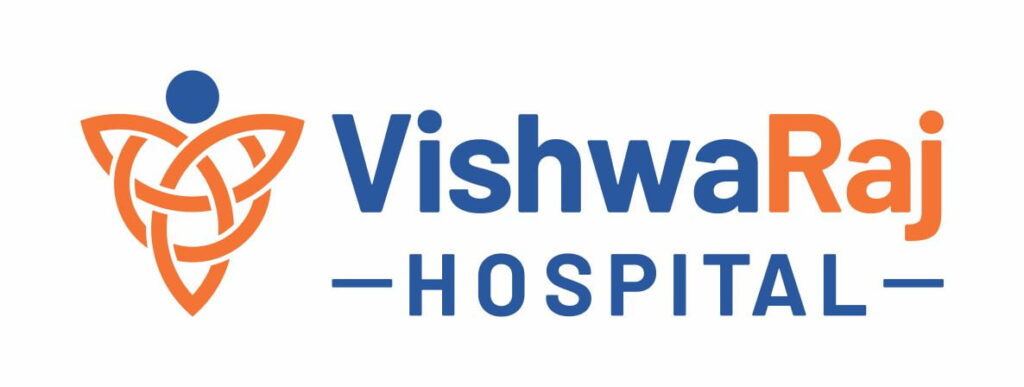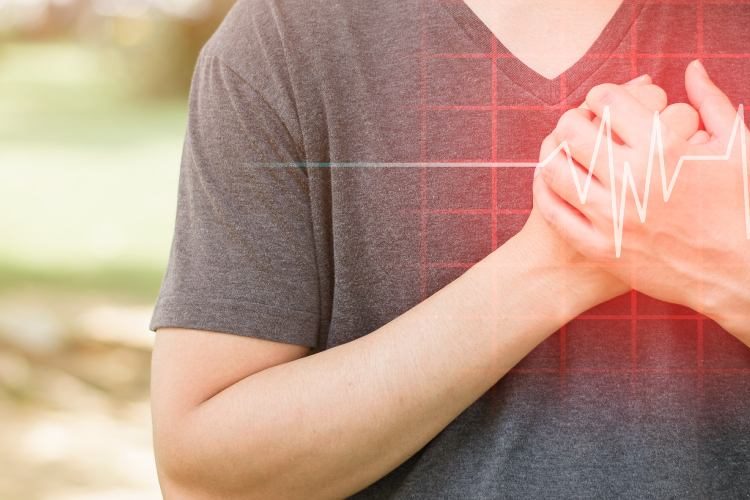Does physiotherapy help stroke patient?
- Written by: Department Of Physiotherapy & Rehabilitation
- Published: January 20, 2021
- 4 min Read


Physiotherapy can help recover the patient who has recently got a stroke. It is advisable to take a physiotherapy session of 45 minutes for five days after experiencing a stroke. However, you may require high intensive therapy to regain your lost abilities. You can better understand how physiotherapy can help to recover from a stroke by the following details.
Recovery after a stroke
When you experience a stroke, your brain cells are briefly damaged, but they do not die. Thus, it allows you to resume your regular functional movements. The brain frequently tries to compensate for the damaged cells and return to its normal function in some cases. However, in some cases, another part of the brain takes over. It is usually from the area where it has received a stroke.
How you recover varies from person to person, some can recover entirely, while others recover partially. The partially recovered people are still suffering from difficulties and disabilities in some portions. Some can make a lot of recovery in the first year itself. However, others continue for a long time.
Thus you can understand the recovery process is different for each person, but it generally takes time to recover from severe strokes. You need to be patient while recovering from a stroke as it is a gradual process, and the brain takes time to recover.
How does physiotherapy help?
After your stroke assessment and treatment process will start immediately. In every case, the treatment process is according to your needs and condition. However, there are areas where your physiotherapist might be able to help you:
- Impaired mobility and balancing your sitting posture.
- Stretching and positioning.
- Strength, power and sensation loss.
- Reduced endurance and fatigue.
- Upper limb weakness.
- Coordination and balance.
- Walking and standing.
- Perception difficulties like neglecting a limb, judging wrong distance, limb space, or awareness of joint.
Your physiotherapist may recommend you different pieces of equipment if you are fit for it. The kit generally includes gym ball, splints, standing aids, treadmill, parallel bars, exercise bike, a mirror for visual aids etc. Every physiotherapist’s main aim is to provide you with an independent life where you are free to do anything. You can carry out your daily activity without any external help.
Early physiotherapy is better for recovery.
Within 24 hours of your stroke, the therapist starts rehabilitation in a short, frequent basis. The main aim is to get you out of bed, make you stand and walk. This repetitive moment helps many people regain their movement.
The therapist use robot-assisted device supported for people to help them walk independently. At the same time, the treadmill helps them with endurance and speed walking. Virtual reality can be beneficial for people along with usual care. But it would help if you did not replace conventional approaches of therapy.
Conclusion
By the above illustration, you would have understood how physiotherapy help regaining your movement. It works systematically to enhance your strength, sensation, action and everyday functioning. However, do not delay the process as people recover faster through early sessions after the stroke.
Patients also want to know
Warning: Trying to access array offset on value of type null in /home/drr41ih765mp/public_html/wp-content/plugins/jblog-elements/includes/class/elements/views/view-abstract.php on line 142
Warning: Trying to access array offset on value of type null in /home/drr41ih765mp/public_html/wp-content/plugins/jblog-elements/includes/class/elements/views/view-abstract.php on line 142
Warning: Trying to access array offset on value of type null in /home/drr41ih765mp/public_html/wp-content/plugins/jblog-elements/includes/class/elements/views/view-abstract.php on line 142
Warning: Trying to access array offset on value of type null in /home/drr41ih765mp/public_html/wp-content/plugins/jblog-elements/includes/class/elements/views/view-abstract.php on line 142
Warning: Trying to access array offset on value of type null in /home/drr41ih765mp/public_html/wp-content/plugins/jblog-elements/includes/class/elements/views/view-abstract.php on line 142
Warning: Trying to access array offset on value of type null in /home/drr41ih765mp/public_html/wp-content/plugins/jblog-elements/includes/class/elements/views/view-abstract.php on line 142
Warning: Trying to access array offset on value of type null in /home/drr41ih765mp/public_html/wp-content/plugins/jblog-elements/includes/class/elements/views/view-abstract.php on line 142
Warning: Trying to access array offset on value of type null in /home/drr41ih765mp/public_html/wp-content/plugins/jblog-elements/includes/class/elements/views/view-abstract.php on line 142
Related Posts
Understanding Kidney Stones and Treatment Options
What are the common causes of kidney stones?Kidney stones can be caused by various factors including recurrent infections like urinary ...
Cardiac Issues in Women
What are some cardiac issues that women should be aware of? Heart disease is the most common cardiac issue that ...
This Women’s day -Know more about Women Health
What is the theme for International Women’s Day 2023 and why is it important? What is the theme for International ...
Does your body warn you before a Heart Attack?
A heart attack usually occurs when the blood cannot flow to the heart smoothly. Also known as myocardial infarction, a ...






